
Stay tuned
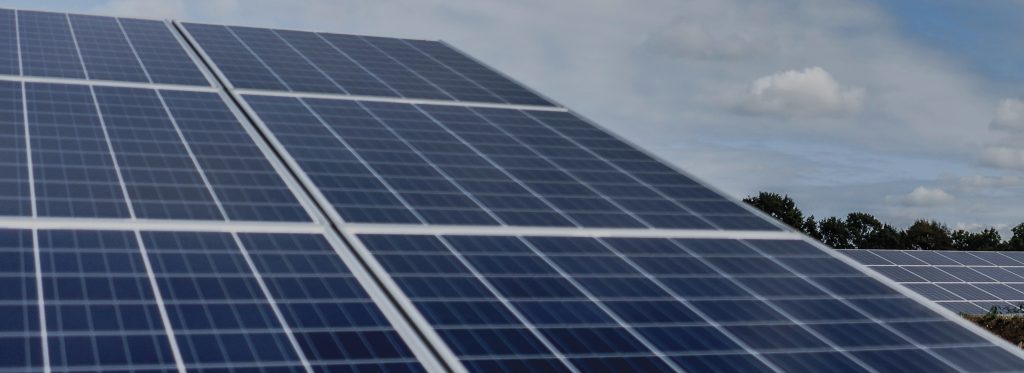
RES Decree: registration open
28. FEBRUARY – As of 27 February 2023, registration is open for participation in the fourteenth register and auction procedure of the RES Decree.
The deadline for registration is 12 noon on Thursday 28 March. This announcement concerns power quotas that have not been allocated in previous procedures. To participate, applications must be submitted by the closing date via the RES-E Portal. Please consult the official call for detailed information on the required documents and selection criteria.
Source: SolareB2B
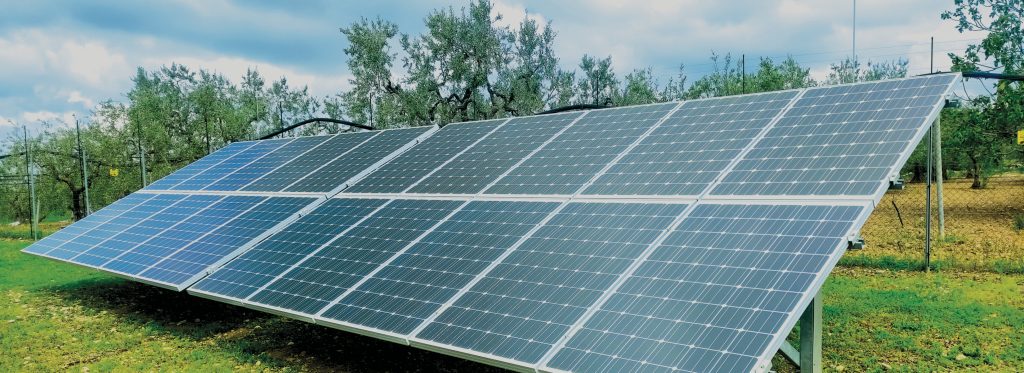
Local sustainability: a step forward
28. FEBRUARY – Energy communities, operating rules approved: applications start on 8 April.
It is positive news that the Ministry of the Environment and Energy Security has approved the GSE operating rules for accessing incentives for renewable energy communities. This is an important step to promote the development of renewable energy at the local level and encourage community participation.
The presence of a nationwide incentive tariff and a capital grant for municipalities with less than 5,000 inhabitants offers a diversified approach, aimed at supporting projects of different sizes and geographical contexts.
The opening of the application platforms on 8 April is an important date for those wishing to participate and benefit from the incentives. The possibility of checking the eligibility of projects in advance through these platforms facilitates the application process and helps to ensure transparency and clarity in the selection process.
Source: SolareB2B
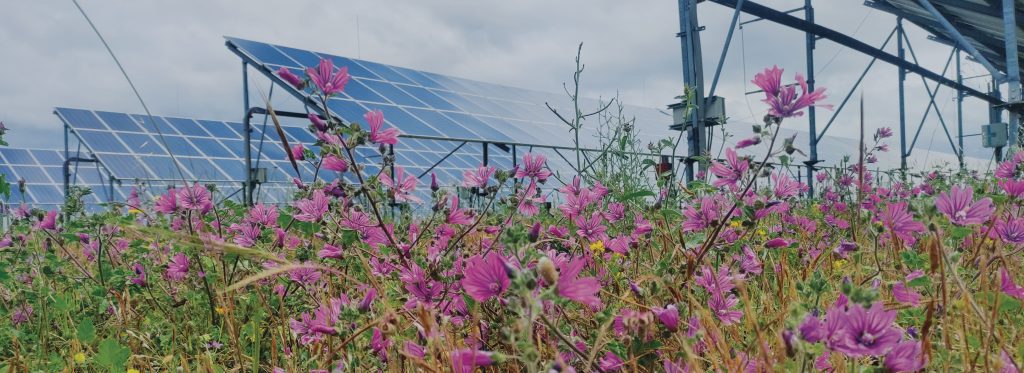
Incentives for innovative agrivoltaics
28. FEBRUARY – The Ministry of the Environment and Energy Security has officially published the decree establishing incentives for innovative agrivoltaics of an experimental nature. The main objective of this provision, effective from 14 February 2024, is the realisation of at least 1.04 GW of new plants by 30 June 2026.
The measure provides for a non-repayable grant, financed by the National Recovery and Resilience Plan (NRP), corresponding to 40% of eligible costs. In addition, there is an incentive tariff applied on the share of net electricity fed into the grid. In total, the incentives amount to EUR 1.7 billion, and the GSE (Gestore dei Servizi Energetici) will be responsible for providing these incentives for a period of 20 years.
Over the next fifteen days, the Ministry will approve, on the proposal of the GSE, the operating rules that will regulate the modalities and timing for the recognition of incentives for innovative agrivoltaics.
Source: SolareB2B

Incentives for innovative agrivoltaics
28. FEBRUARY – The Ministry of the Environment and Energy Security has officially published the decree establishing incentives for innovative agrivoltaics of an experimental nature. The main objective of this provision, effective from 14 February 2024, is the realisation of at least 1.04 GW of new plants by 30 June 2026.
The measure provides for a non-repayable grant, financed by the National Recovery and Resilience Plan (NRP), corresponding to 40% of eligible costs. In addition, there is an incentive tariff applied on the share of net electricity fed into the grid. In total, the incentives amount to EUR 1.7 billion, and the GSE (Gestore dei Servizi Energetici) will be responsible for providing these incentives for a period of 20 years.
Over the next fifteen days, the Ministry will approve, on the proposal of the GSE, the operating rules that will regulate the modalities and timing for the recognition of incentives for innovative agrivoltaics.
Source: SolareB2B
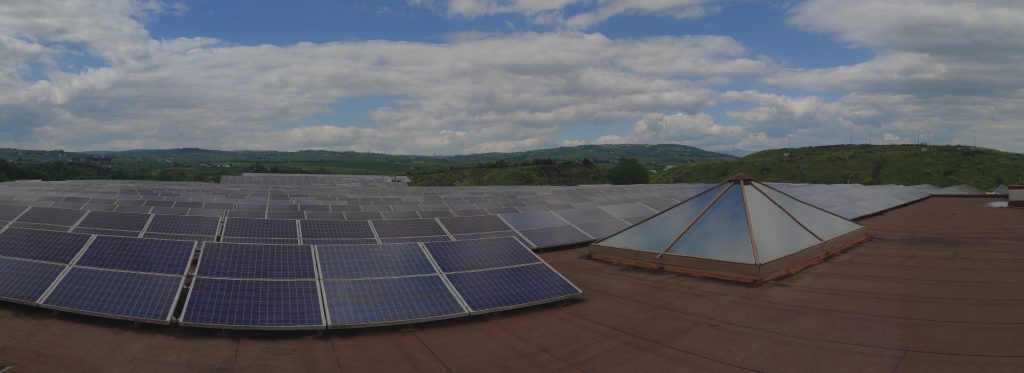
An Overview in MW
28. FEBRUARY – These are the results of the thirteenth call under the FER Decree.
Overall, out of the 1,627 MW of unassigned power quota in previous procedures, the Operator received 163 requests totaling 1,124 MW.
Of these, 1,041 MW were admitted to auctions and registries. Regarding the auctions, which include photovoltaic and wind installations with a capacity exceeding 1 MW, the total power quota was 1,228 MW. 79 applications were submitted in a favorable position, totaling just over 1 GW in power.
For the registries, which concern installations with a capacity of up to 1 MW, in the first group for solar, 44 requests were admitted for 33.6 MW. The second group exclusively involves newly constructed photovoltaic installations, with modules installed to replace roofs of buildings and rural structures where asbestos or eternit has been completely removed. In this category, nine requests were admitted for 4.4 MW.
Source: SolareB2B

Provincial contributions for e-mobility
22. JANUARY – The Province of Bozen/Bolzano has introduced incentives for e-mobility, offering citizens, businesses, public bodies and associations the opportunity to benefit from contributions for the purchase of electric vehicles and charging stations.
As far as electric vehicles are concerned, the measure provides for a provincial contribution of:
- 2,000 euros for the purchase, leasing or long-term rental of electric cars.
- 1,000 euros for the purchase, leasing or long-term rental of plug-in hybrid cars, with a price reduction of the same amount provided by the dealer if the cost does not exceed 50,000 euros.
In addition, there is a car tax exemption for the first five years, followed by a 22.5 % reduction after the fifth year. For the purchase of electric motorbikes or mopeds (scooters), the subsidy amounts to 30% (up to EUR 1,000). The same percentage applies to the purchase of electric cargo bikes with a minimum capacity of 150 kg, with the maximum contribution increased to EUR 1,500.
Source: Psaier.energies

Incentives for agri-photovoltaics
22. JANUARY – The official text of the decree providing incentives for ‘innovative’ agri-photovoltaics under the National Recovery and Resilience Plan (PNRR) is finally available. The measure, which was forwarded to Brussels in May, was approved by the European Commission in mid-November.
The decree was sent to the Court of Auditors on 22 December and is currently being examined by the accounting magistrates. It will enter into force following its publication on the Mase website and notice in the Official Journal. At that point, it will be the responsibility of the GSE (Gestore dei Servizi Energetici) to publish the operating rules within 15 days and then to issue the first public notice within 30 days of the decree’s publication. The ministerial decree envisages the installation of at least 1.04 GW of advanced agri-voltaic systems by 30 June 2026. This target will be achieved through two main measures: a capital grant covering up to 40 per cent of eligible costs and an incentive tariff based on net electricity production fed into the grid.
Source: Qualenergia

High-performance lithium battery
16. JANUARY – A team of researchers from the Harvard John A. Paulson School of Engineering and Applied Sciences (Seas) in the US has achieved a remarkable advancement in the field of lithium batteries by developing a solid-state battery in the laboratory. After 6,000 charging cycles, this innovative battery still retains 80 per cent of its residual capacity, significantly exceeding the performance of batteries currently available on the market.
This new generation of solid-state batteries exploits cutting-edge technology, characterised by the use of a lithium metal anode. This represents a significant breakthrough, as lithium metal anodes offer ten times the capacity of the graphite anodes used in conventional commercial batteries. This innovation could lead to a significant increase in the range of electric vehicles, thus helping to promote the large-scale adoption of sustainable solutions in the transport sector.
The use of lithium metal anodes not only improves battery capacity, but also enables very fast charging times, reducing the process to only about 10 minutes. This is a further advantage, making solid-state batteries not only more efficient, but also more practical for everyday use. In addition, the advanced understanding of the materials used to make these batteries helps to consolidate this innovation, paving the way for new perspectives in the electricity sector.
Source: Qualenergia
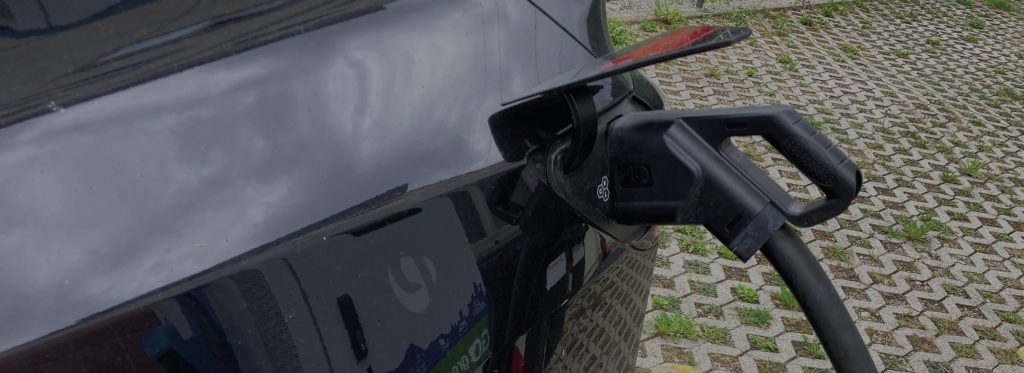
Electric car batteries: what to know about service life
10. JANUARY – Contrary to common concerns, batteries often outlive the life of the vehicle itself. The battery’s SOH ‘state of health’ is a critical indicator of its overall health. It is considered optimal as long as the residual capacity remains above 80 per cent of its initial value. If the SOH falls below this level, battery replacement may become an option to be considered, especially if the range is no longer adequate for driving requirements. Batteries are composed of modules, and failure management can often be solved by replacing only the affected modules, thus avoiding the need to change the entire battery pack. This approach can be cost-effective and environmentally friendly.
Designed for more than two thousand complete recharging cycles, electric car batteries maintain a significant lifespan. With an average car life in Italy of 150,000 km, an electric car remains well under a thousand recharging cycles, retaining at least 80 per cent residual capacity. Battery life is strongly influenced by driving style and recharging usage. Avoiding extremes such as 100% charge or prolonged discharge is essential. We recommend avoiding deep discharges, preferring more frequent recharges at low power to mitigate the ageing of lithium cells.
To preserve battery life, it is advisable to plug the vehicle into the power socket before it drops below 20 per cent residual charge. This simple gesture can go a long way in extending battery life. With proper care and the adoption of conscious practices, electric car batteries can exceed expectations, offering optimal long-term performance. Following these practical tips will help maximise battery life and ensure a sustainable and reliable electric driving experience.
Source: Qualenergia
Fairs 2024
26.01. – 28.01.2024: Hausbau – Wohneigentum – Energie, Congress Innsbruck
31.01. – 03.02.2024: Klimahouse, Bozner Messe
20.02. -22.02.2024: E-world Energy & Water , Essen Deutschland
28.02. – 01.03.2024: Key Energy, Messe Rimini
29. 02. – 01.03.2024: Geotherm Expo & Congress, Messe Offenburg-Ortenau
24.04. – 12.05.2024: Water Light Festival , Brixen und Umgebung
19.06. – 21.06.2024: Intersolar Europe, Messe München
24.09. – 27. 09.2024: WindEnergy Hamburg, Messe Husum Hamburg
09. -11.10.2024: Zeroemission Mediterranean , Messe Rom
09.10. – 12.10.2024: SAIE – Baumesse, Bari
